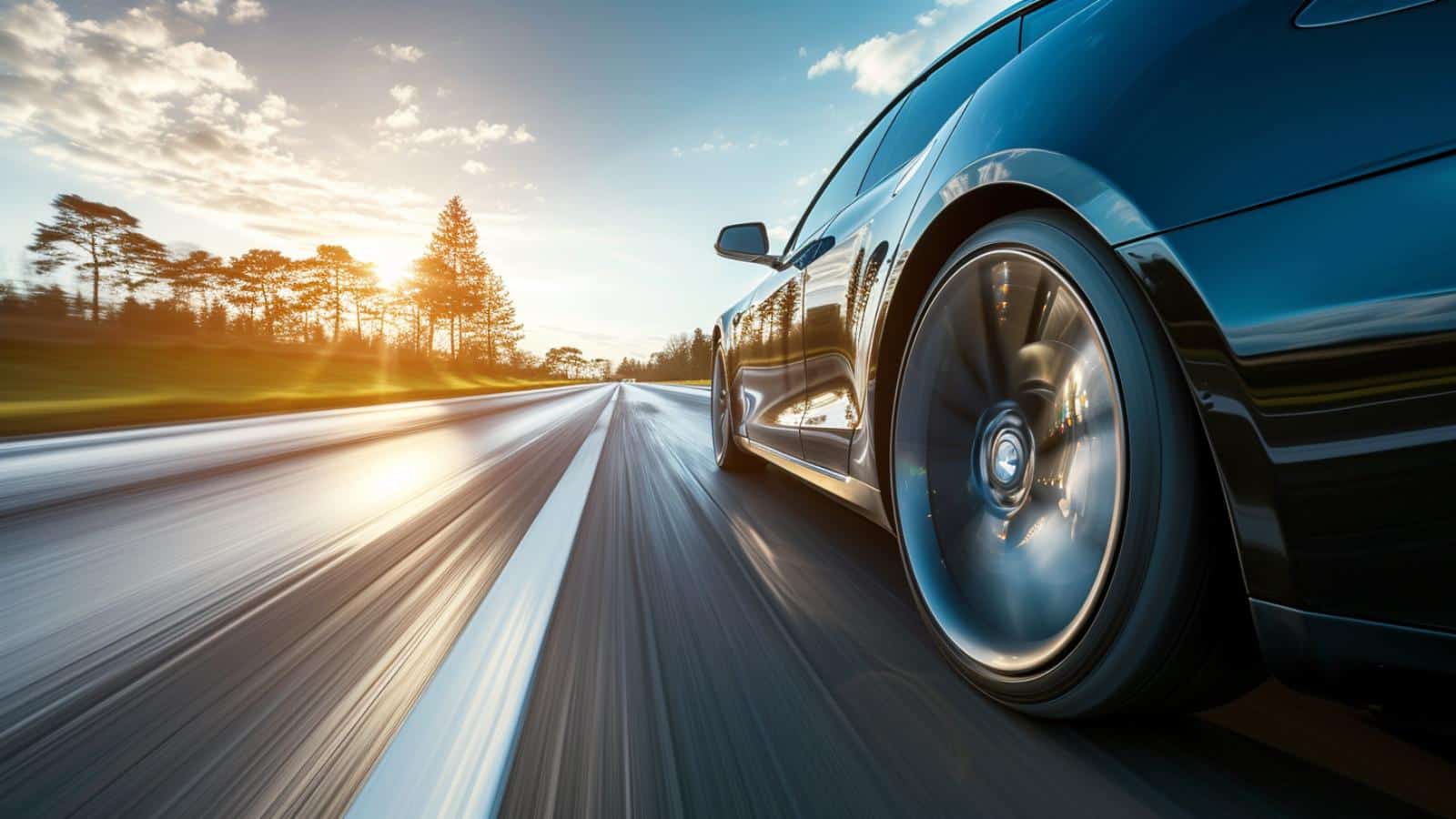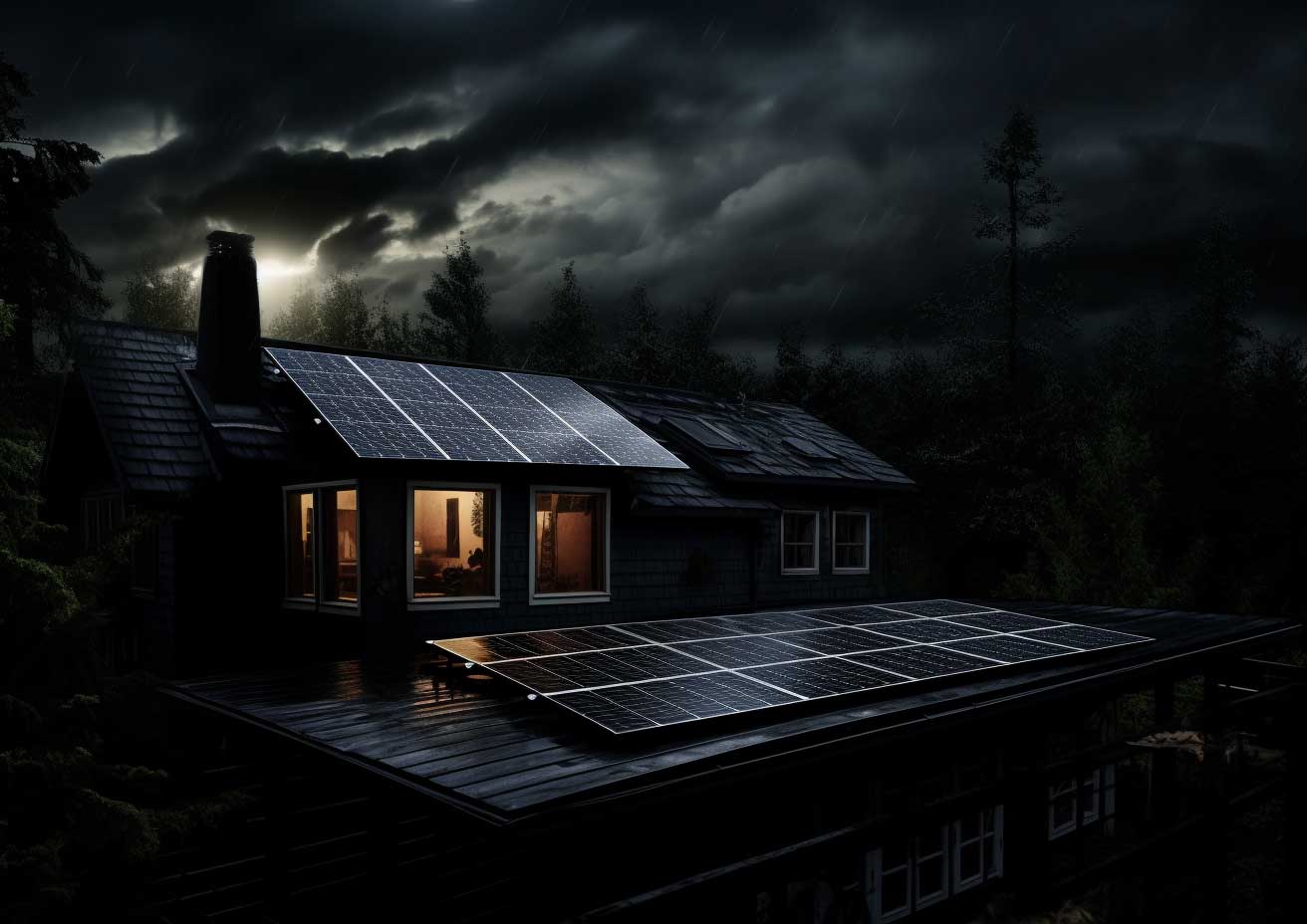If you’ve ever found yourself captivated by the sleek design of a Tesla Model S, or you’ve glanced curiously at a Model 3 when it glided silently past you on the road, then you know Tesla cars are more than just automobiles.
Tesla has revolutionized the electric vehicle (EV) industry, but one frequently asked question by prospective buyers or those intrigued by this evolution is: How long does it take to fully charge a Tesla? This question is not only crucial in the practical sense but is equally important when comparing an electric vehicle to traditional gasoline-powered cars.
Knowing the charging speed of your electric car is a crucial aspect of owning these innovative machines and understanding this process is essential in appreciating the extraordinary functionality of a Tesla EV. Just as vital as knowing the driving range of your Tesla, whether it’s a Model S, Model 3, Model X, or Model Y, is comprehending how charging works — diving into topics such as a wall connector, Tesla Supercharger, and even public charging stations.
But fear not, if these terms seem overwhelming or unfamiliar, this guide will walk you through them. After reading this, you’ll not only understand how much time it takes to get that Tesla battery from zero to full, but you’ll also get insights into what influences charging time and some best practices for keeping your electric vehicle powered up. Whether you’re a current owner or simply Tesla-curious, let’s plug into the fascinating world of Tesla charging.
The Intricacies of Charging a Tesla
Before we delve into how long it takes to charge a Tesla, it’s essential to understand the dynamics of Tesla’s charging systems. If you’ve found yourself asking, “How long does it take for a Tesla to charge,” it’s crucial to know that several factors contribute to the answer to this question.
Charging Method: The charging method you choose is a critical determinant of how long it takes to charge a Tesla. Regarding charging at home, Tesla provides two options, the standard outlet (NEMA 5-15) and the high-powered wall connector, also called the Tesla Wall Connector.
The Tesla Wall Connector specifically is designed for faster charging rates, which can reach up to 48 amps and drastically shorten the overall charging time. However, these are not the only options for Tesla owners. There is a variety of third-party electric vehicle (EV) chargers readily available in the market that are compatible with Tesla models or can be rendered compatible using a J1772 adapter.
Tesla Supercharger Network: This is Tesla’s solution for long-distance travel. Tesla Supercharger stations are strategically located to provide coverage on popular routes with charging times as low as 20 to 30 minutes.
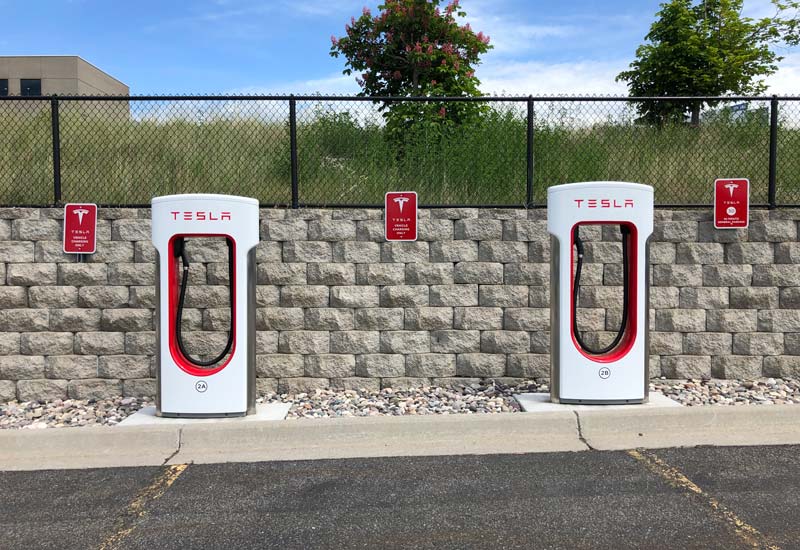
Public Charging Stations: These are non-Tesla public charging stations, forming part of the public EV charging infrastructure. Charging times at such stations can vary significantly.
Battery Capacity: Tesla vehicles come with different battery capacities, which directly impacts the charging time. The larger the battery capacity, the longer it would take to charge it fully.
Current Charge Level: The time it takes to charge your Tesla also depends on how empty the battery is. The EV charger delivers power at a higher rate when the battery is empty and slows down as it fills up to protect the battery’s health.
Understanding each of these components makes it easier to plan the optimal way to keep your Tesla charged and ready, whether you’re at home, at work, or on a road trip. Yet, as each Tesla vehicle and model varies, charging times can change too.
Exploring the Various Charging Methods and Their Charging Times
In the process of charging a Tesla, several options are available, each with varying charging speeds that influence the total charging time:
Home Charging Solutions
Tesla offers two primary options for charging at home – Level 1 and Level 2 charging. The Level 1 Charging utilizes a NEMA 5-15, a standard U.S. outlet, often used for overnight charging. However, using this outlet might take up to 24 hours for a full charge due to its low power output.
On the other hand, Level 2 Charging utilizes higher-powered connectors like the NEMA 14-50, NEMA 6-50, or a direct-mount Tesla Wall Connector. The NEMA 14-50 outlet, often used for larger appliances like dryers, can fully charge your Tesla overnight, usually taking between 8 to 12 hours.
Tesla Supercharger Stations
Created to facilitate long-distance travel for Tesla users, Tesla’s Supercharger network is a global charging network for Tesla users. A Supercharger can get your Tesla battery to about 80% in about 30 minutes, thus ensuring a quick and efficient model for charging on the go.
Public Charging Stations
Outside of Tesla’s Supercharger network, a public charging station serves as a common option for charging EVs, including Tesla. Public charging stations utilize various charging methods and power levels, which can influence the charging time. Depending on the power of the charging station, charging time can be anywhere from a few hours to a full day.
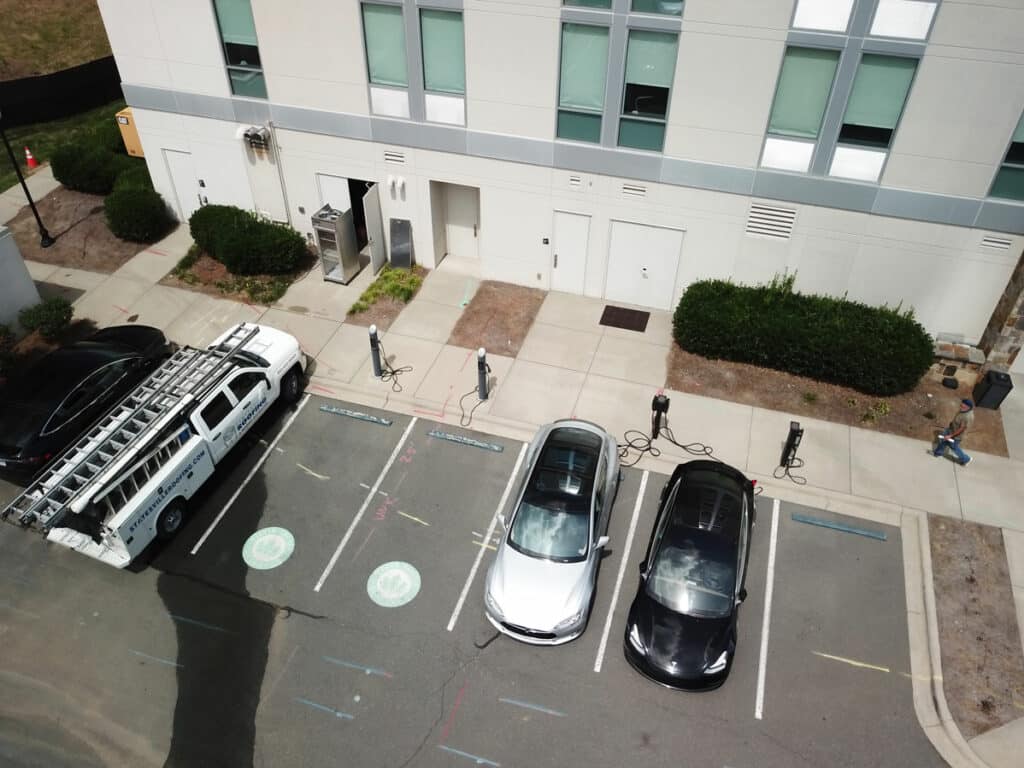
Destination Charger
Tesla’s Destination Charging points, which are installed by Tesla’s partner establishments, including hotels, restaurants, and shopping centers, offer a more leisurely charging option than the rapid Superchargers. They are slower than Superchargers, but at an average of 44 miles of range per hour of charge, it’s suitable for an overnight charging option while traveling.
Electrify America and EVGo DC Fast Charging
Tesla vehicles can tap into the wide-ranging DC fast-charging networks of EVGo and Electrify America. This can be accomplished via the vehicle’s Supercharger port or through the Combined Charging System (CCS) port. In some situations, an adapter might be required. The efficiency of the charge received from these networks depends on their power level. Typically, 20 to 40 minutes of charging on these networks can replenish about 80% of a Tesla vehicle’s battery capacity.
Diving Into Model-Specific Charging Times
It is crucial to remember that the time to charge depends on the EV model, the type of charger used (such as a home charger or a Supercharger), and the current state of the battery. Here are some specifics about charging times for different Tesla models:
Tesla Model S
With its powerful battery, the Model S offers an extraordinary range. But how long does it take to fully charge a Tesla Model S? When using a Tesla Wall Connector, a Model S can generally be fully charged in approximately 9 hours. This can change based on factors such as battery size – for instance, the newer Model S Plaid would likely take a bit longer due to its larger battery capacity.
Tesla Model 3
The Model 3 is known for its efficiency, and this carries over to its charging times. A long-range Model 3, when using a Wall Connector, takes about 7 to 8 hours to charge fully. Keep in mind, however, that charging speed can be affected by various factors, including temperature and the current charge level in the battery.
Tesla Model X
Included in the league of Tesla’s high-performing electric vehicles, the Model X asks, “How long does it take to charge a Tesla Model X?” The answer to this depends on the charging setup. Using a Tesla Wall Connector, a Model X can fully charge in approximately 8 to 8 1/2 hours. This can vary with factors such as battery degradation and fluctuating power levels.
Tesla Model Y
A Model Y, Tesla’s compact SUV, takes around 7 to 8 hours for a full charge from a Wall Connector. The compact yet powerful battery of this model allows for excellent range without requiring excessive charging time. However, similar to other Tesla models, charging times can vary based on conditions and the battery’s state of charge.
Tips and Observations for Tesla Charging
As hands-on experience increases with your Tesla and its charging requirements, you may find certain strategies and habits yield more efficient results and safeguard the lifespan of your electric vehicle’s battery. Here are some practical tips for charging your Tesla to maximize your experience:
Optimal Battery Capacity on Regular Use: According to Tesla, to optimize your battery for regular use, keeping it charged within the range of 20 to 90 percent is recommended. Keeping the battery charged within this zone can help maintain the battery’s health longer.
Scheduled Charging: To manage electricity costs and battery health, Tesla cars allow you to schedule charging. This lets you take advantage of off-peak electricity rates during the nighttime, which could lower your recharging costs significantly.
Regenerative Breaking: Tesla vehicles offer regenerative braking, which helps recharge the battery when the car is slowing down. This system can extend your battery life and range during a trip.
Preheating Your Battery: If you charge in cold temperatures, pre-heat your car while it’s connected to the charger. Preheating the battery before you start a journey can also optimize power and regenerative braking efficiency.
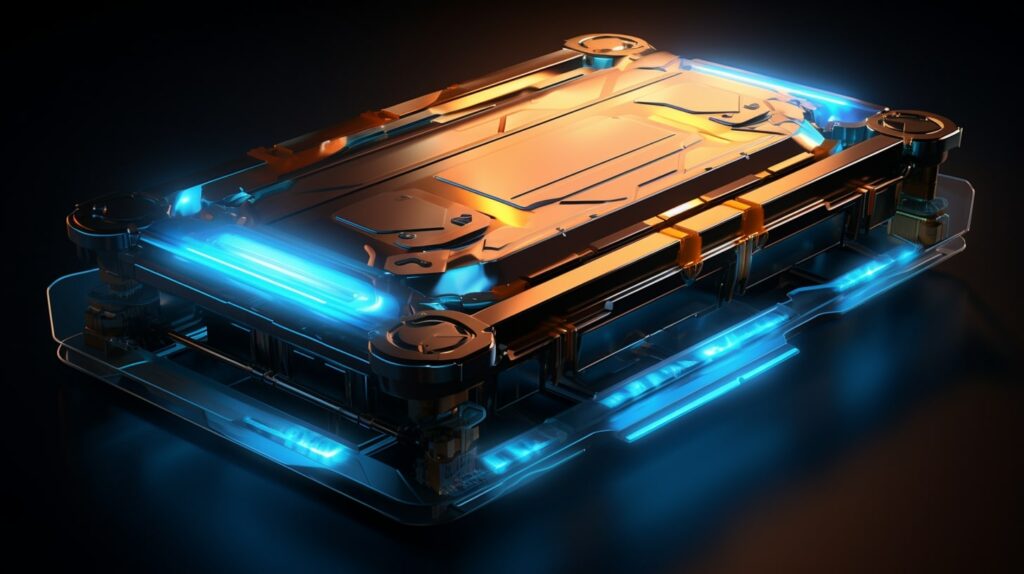
Battery Care During Extended Leave: If you won’t use your Tesla for an extended period, Tesla recommends leaving your car plugged in. This strategy ensures that the battery pack stays full and healthy.
How Long Does it Take to Charge a Tesla?
Tesla’s innovative approach has created a variety of highly intuitive and adaptable charging solutions in the realm of electric mobility. Therefore, if you’re asking, “How long does it take to charge a Tesla?”, the response is customizable to your lifestyle and specific needs.
Whether you’re partial to the convenience of overnight charging at home with the Level 2 Tesla Wall Connector, utilizing the rapid Tesla Supercharger network for swift refueling during extensive travels, or adopting a combination of all accessible charging options, Tesla provides a level of versatility that greatly simplifies electric vehicle (EV) ownership and upkeep. The duration necessary for charging, modulated by variables like your specific Tesla model, battery capacity, and the chosen charger type, may oscillate from less than an hour to around 12 hours.
Frequently Asked Questions
Can I charge a Tesla at home?
Yes, Tesla cars can conveniently be charged at home using several methods. The most basic option involves plugging the vehicle into a standard electrical outlet, known as Level 1 charging, using the mobile connector included with the car. However, Level 1 charging is relatively slow. For faster home charging, a Level 2 charger, such as the Tesla Wall Connector or NEMA 14-50 outlet, can be installed. Charging your Tesla at home can be as simple as charging your mobile phone – you just plug it in overnight to have a full battery by morning.
Is Supercharging harmful to my Tesla?
Some Tesla owners have concerns about the potential harm caused by frequent supercharging. While supercharging involves faster, high-capacity charging that could theoretically apply more stress to the battery, Tesla has implemented measures to ensure only safe charging levels are used. Tesla batteries are designed to handle repeated supercharging. However, for daily charging, Tesla recommends charging your battery to about 80-90%, as this can promote longer battery life.
Can other electric vehicles use Tesla charging stations?
The key determinant when addressing this question lies primarily in the kind of Tesla charging station under consideration. While initially, Tesla’s unique Supercharger stations were exclusively conceived for Tesla vehicles, drivers of non-Tesla EVs in certain areas can now avail of these facilities. To do so, it’s advisable to install the Tesla app and choose the “Charge your non-Tesla” option. In addition, over 40,000 Tesla’s Destination Chargers are available.


